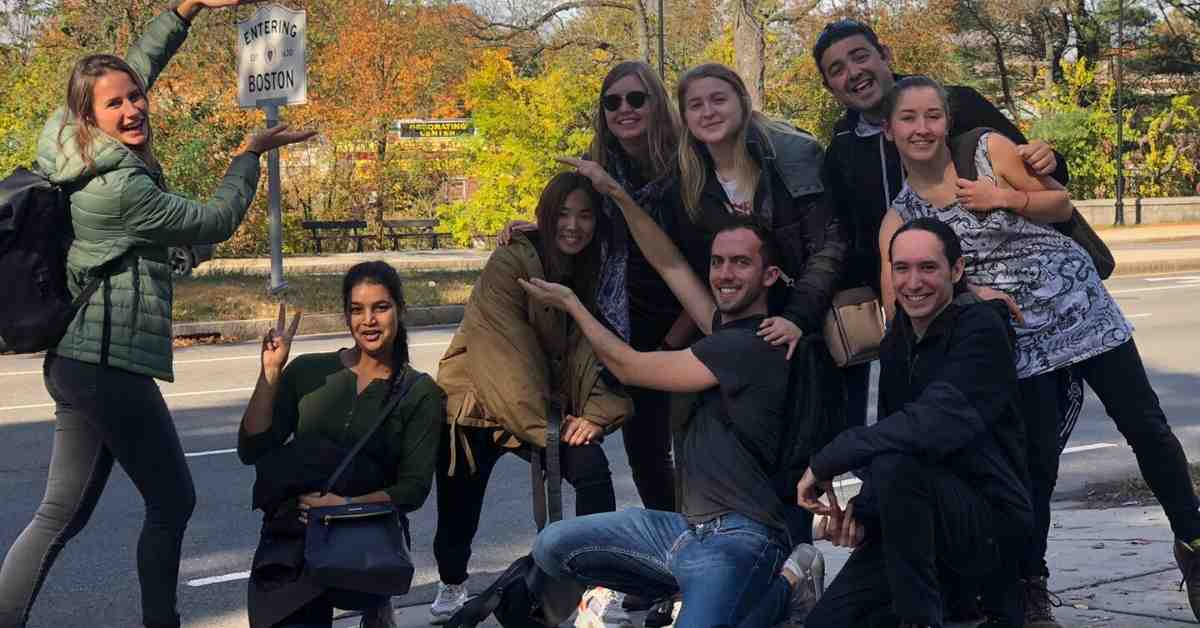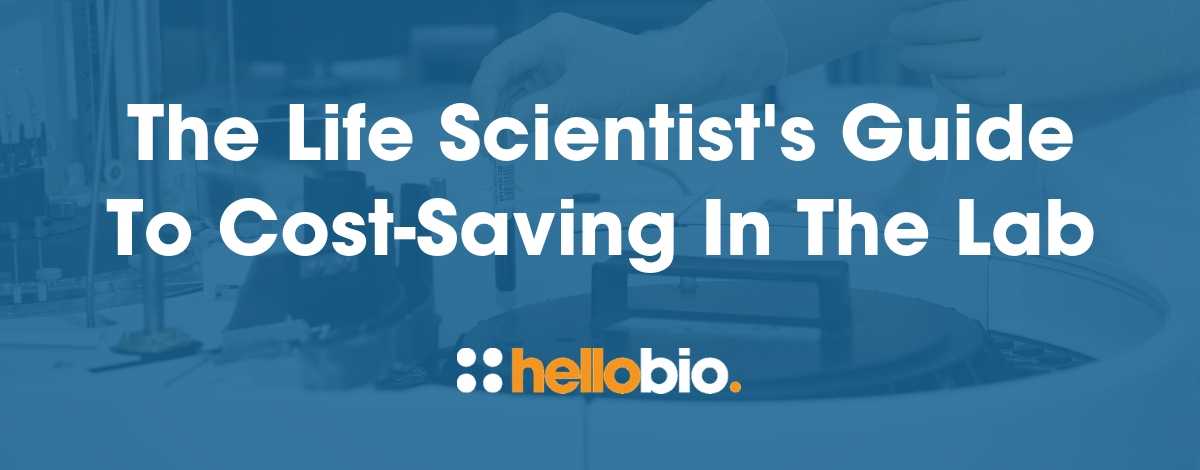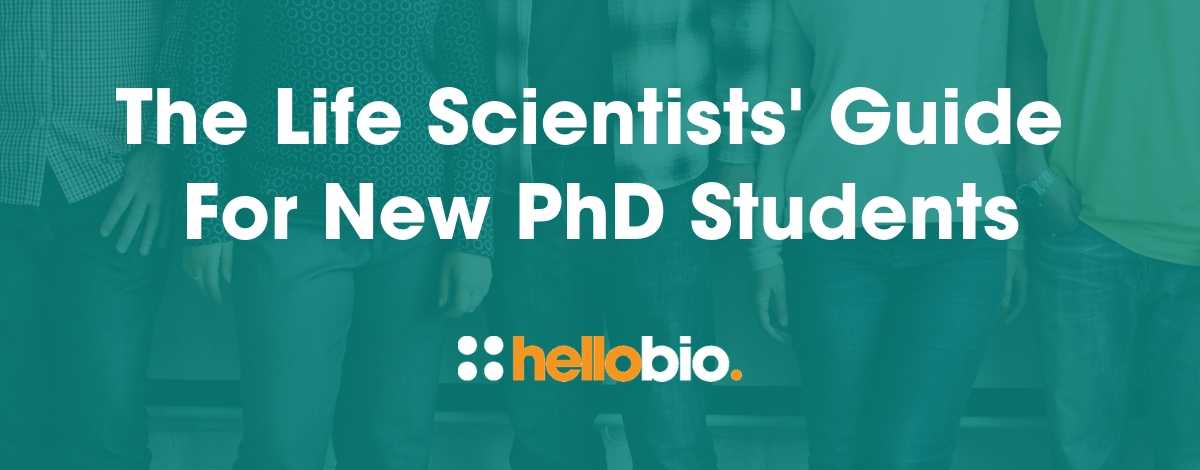Meet Team DipGene: iGEM Competition Gold Medalists 2019
The International Genetically Engineered Machine (iGEM) Competition is the largest worldwide event to focus on and support the development of synthetic biology, covering a broad range of applications such as diagnostics, environment, energy, nutrition and others. Every year, nearly 6,000 scientists from around the globe dedicate their summer to iGEM and then come together in November to present their work and compete at the annual ‘Giant Jamboree’.
In preparation for the competition, multidisciplinary teams form and work together to design, build, test, and measure a system of their own design using interchangeable biological parts and standard molecular biology techniques.
Teams are made up of either high-school students, Bachelors students or Masters Students depending on the category, with at least two academic instructors (PhD students, postdocs, or professors) which ensures teams have enough mentorship and support throughout the competition.
We spoke to Master’s Student Paula Santos Otte from TU Dresden, Germany, whose team were awarded the gold medal and nominated for a special prize at this year’s competition to find out more about her experience.
If you have students considering entering iGEM 2020, read on to find out more…
Hi Paula! How did you first hear about the iGEM competition?
We heard about iGEM thanks to Professor Francis Stewart, when he encouraged us to participate in it during a lecture on our Master’s program at the TU Dresden, Germany. We then started building our team, which ended up being composed of nine members from six different countries. Our different cultural and scientific backgrounds were a great help designing our project, which we named DipGene.
Tell us more about DipGene...
Dipgene emerged for us as a solution to the limited accessibility and affordability of DNA sequence specific tests, which is a global problem in the modern world. We have developed a fast, cheap and easy to use tool that can be applied anywhere by anyone and is able to detect any nucleic acid sequence of interest from microbial samples and human cells, thus providing a new scope of diagnostic application to a broad audience. By using a simple cellulose paper strip, a colour readout is obtained in a matter of minutes if the sequence of interest is present in the tested solution. You can find out more about our project on our webpage.
How did your team prepare?
From brainstorming the idea to planning and performing the experiments in the lab as well as looking for funding, programming the webpage, drawing the digital art and designs, ordering the necessary lab materials and equipment... everything had to be done by the students.
There is also limited time to develop the project (we had less than a year) since the results had to be presented at the beginning of November at the Giant Jamboree in Boston.
How did your team get on at the competition?
In a 20-minute presentation and several poster sessions, we had the opportunity to present our project to the judges and 353 other teams from all over the globe. At the end of the competition we were awarded with a gold medal as well as nominated for the Best Public Engagement Special Award.
Congratulations! What’s life in the lab been like since the competition?
Now that we’re back in Dresden, we are realizing the extraordinary experience that we have been living over the last few months. We are becoming aware of how much this has meant and provided to us. iGEM allowed us to develop a project completely on our own, starting from scratch – it’s unique to offer students the opportunity to learn all about what science involves by trial and error, by themselves. From the benchwork to the management and organizational tasks that typically professors have to fulfil.
What’s the biggest lesson you’ve learned from participating in iGEM?
I think the greatest thing we have learned from iGEM which will never leave us, is the team connection that we have built. It rarely happens in science that nine people are all working so hard towards the very same goal. It’s a feeling that not everyone will be able to experience during their academic career.
That’s why we would strongly recommend anyone in science to participate in such an event in order to get a feeling of how many little things need to be considered when developing a project from the beginning to the end.
What would you say to other scientists considering participating next year?
One of our greatest recommendations for future iGEM teams is to just go and do it. Our top tip for each team is to try and distribute all the tasks between the members from the beginning. And don’t try to run two projects in parallel, that was one of our most stupid decisions along the way. We had an amazing experience during the last few months and we would love to repeat it over and over again, and therefore strongly encourage you to go for it.
What’s next for you and your team?
We can proudly say that we have believed so much in our team and project during these months that we are going to continue with it now after iGEM to finish optimizing the method.
Do you have any final words of wisdom for fellow early career scientists?
Personally, I’ve always liked to gain experience in slightly different fields in science, not only Biophysics, in order to broaden my knowledge. I think it’s crucial to not only specialize in one specific field, but also understand the other disciplines because at the end of the day they may be very closely related to your research focus. Having a deep understanding of other disciplines may help you to understand your project(s) better, and even to progress faster.
___________________________________________
Congratulations again to you and your team, Paula. And thank you for sharing your experience with us!
Paula Santos Otte is 23 years old. She completed her Bachelor’s in Biophysics at the Humboldt-University of Berlin. After finishing it, she had the opportunity to do an internship in Antwerp (Belgium) in the lab of Prof. Stuart Maudsley. Then, she decided to go back to Germany for her Master’s, but this time to the Technical University of Dresden and that’s where she is currently. She is in her third semester student of the Masters program of Nanobiophysics.
If you want to find out more about the DipGene project, you can follow the team on Instagram at @igem_tudy and on Twitter at @igemTUDY.
You can also contact the team directly via email at tudigem2019@gmail.com. They’d love to hear from you!
_________________________________________________
If you enjoyed reading this article, why not check out the other resources available on our blog. We are passionate about supporting early career life scientists and PhD students - with really low- priced reagents and biochemicals, travel grants, and resources to help with both personal and professional development. We know how tough it is - so we hope you find these helpful!
Advice & guidance for life scientists
Click below to view our of essential guides and articles includes to support life scientists, PhD students & early career life scientists:
Travel grants
Every month we give away $500 to PhD students and Postdocs so that they can attend a scientific conference - click below to find out more:
Wellbeing for scientists
Click below for our resources to help improve your wellbeing:
Technical resources
Try our Molarity Calculator: a quick and easy way to calculate the mass, volume or concentration required for making a solution.
Try our Dilution Calculator: an easy way to work out how to dilute stock solutions of known concentrations
Click below to see our Mini-reviews, Pathway Posters & Product Guides: a set of technical resources to answer your questions on a wide range of topics and to help you get started quickly.
And - when you get to the stage of planning your experiments, don't forget that we offer a range of agonists, antagonists, inhibitors, activators, antibodies and fluorescent tools at up to half the price of other suppliers - click below to see how we compare with other suppliers:























